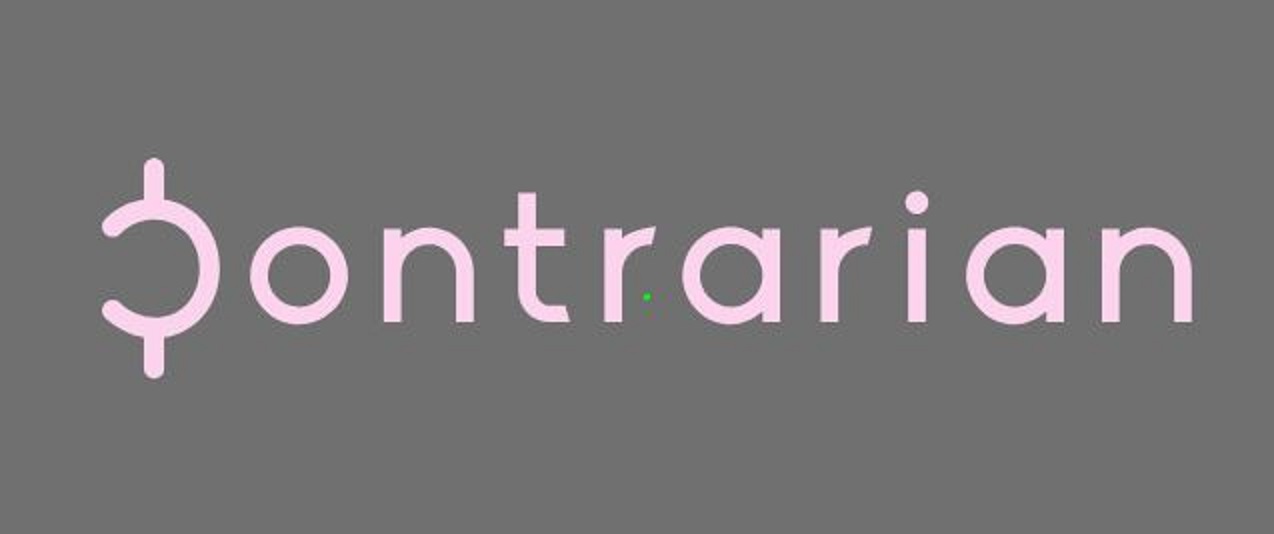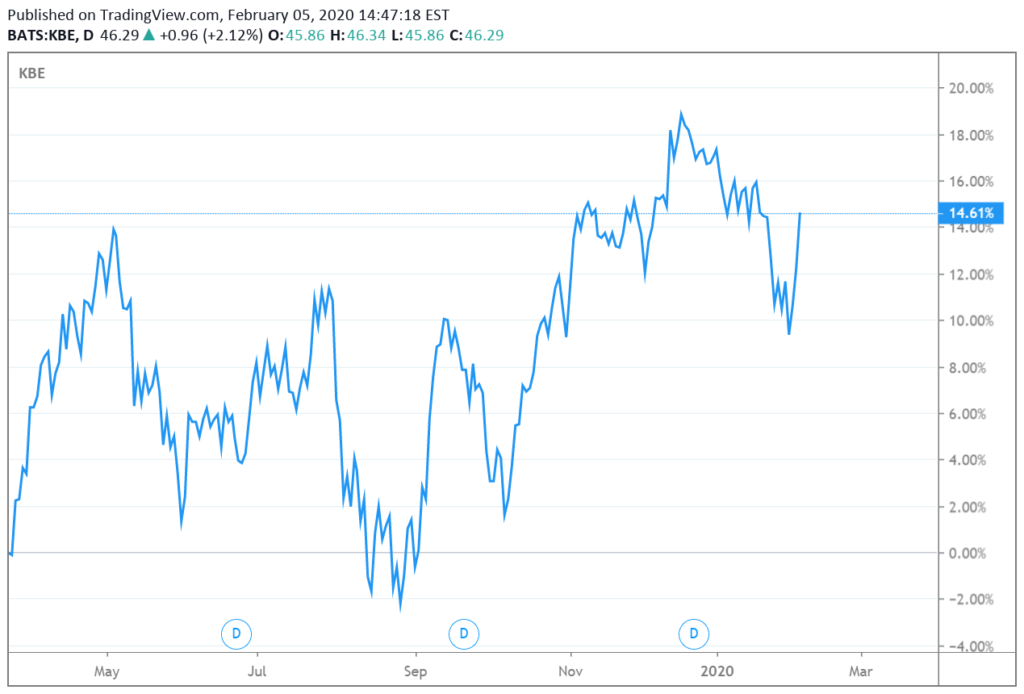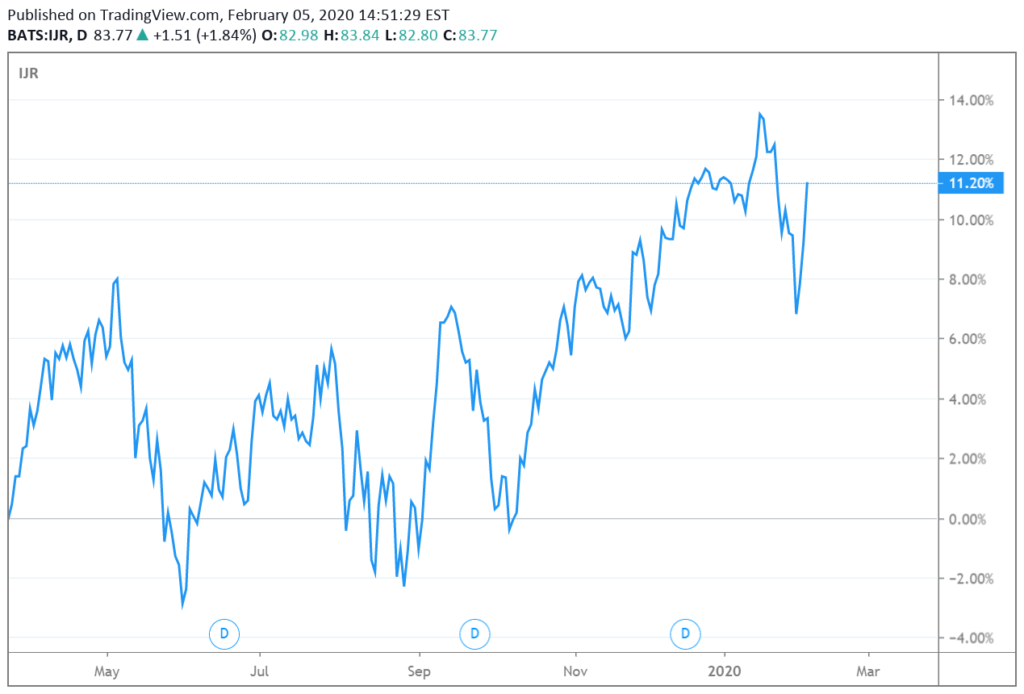“Investors are hooked, and it won’t end well”
Gregory Obenshain, director of credit at Verdad Capital, joins the podcast to discuss his concerns about private credit investing.
Obenshain and Verdad Capital founder Dan Rasmussen recently penned an article in Institutional Investor: “High-Yield Was Oxy. Private Credit Is Fentanyl.” Subtitle: “Investors are hooked, and it won’t end well.”
In this 29-minute conversation, Obenshain tells listeners about his thesis.
Content:
- How private equity has become the dominant player in this market (4:02)
- The lending is a lot more dangerous and indeed riskier than the high-yield bond market (7:39)
- Obenshain’s background (15:03)
- Historical returns for private credit investments (19:50)
- Ramifications of new lenders entering the market (22:22)
- Potential timing of an unwind (24:17)
- More constructive ideas for investors (25:27)
Highlights From Our YouTube Channel
For more information on the guest and his firm: VerdadCap.com
Not intended as investment advice.
Leave a Comment

